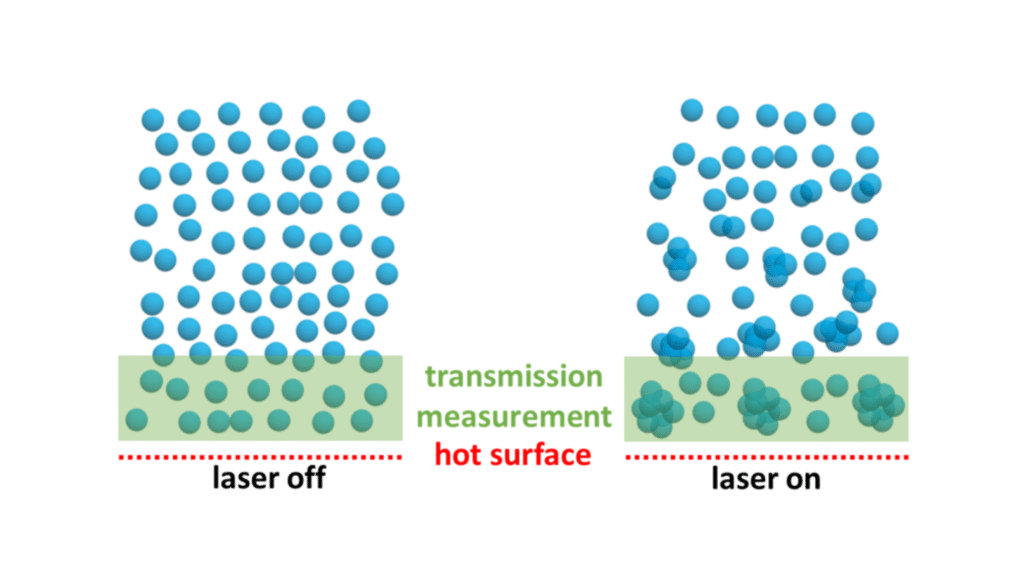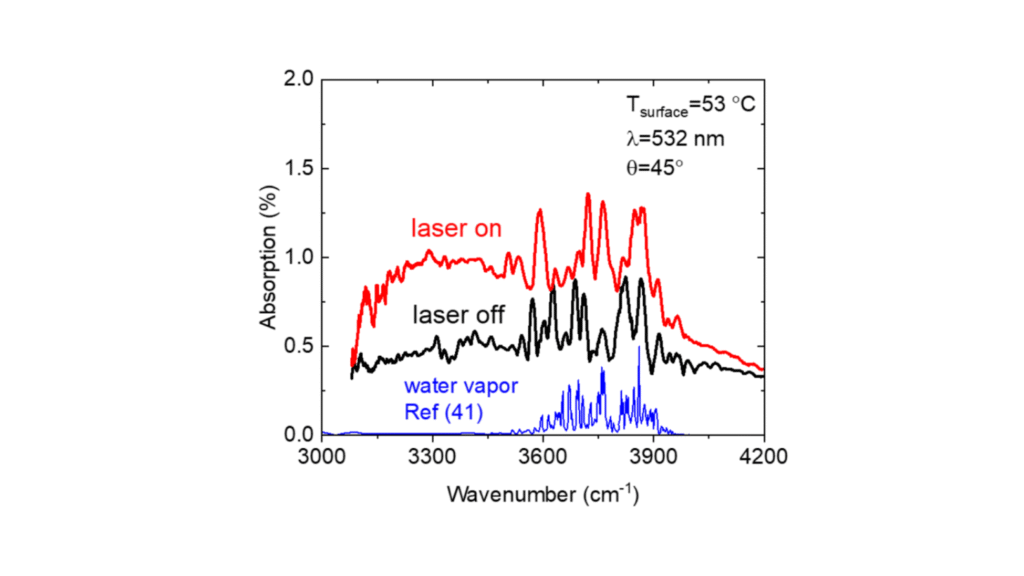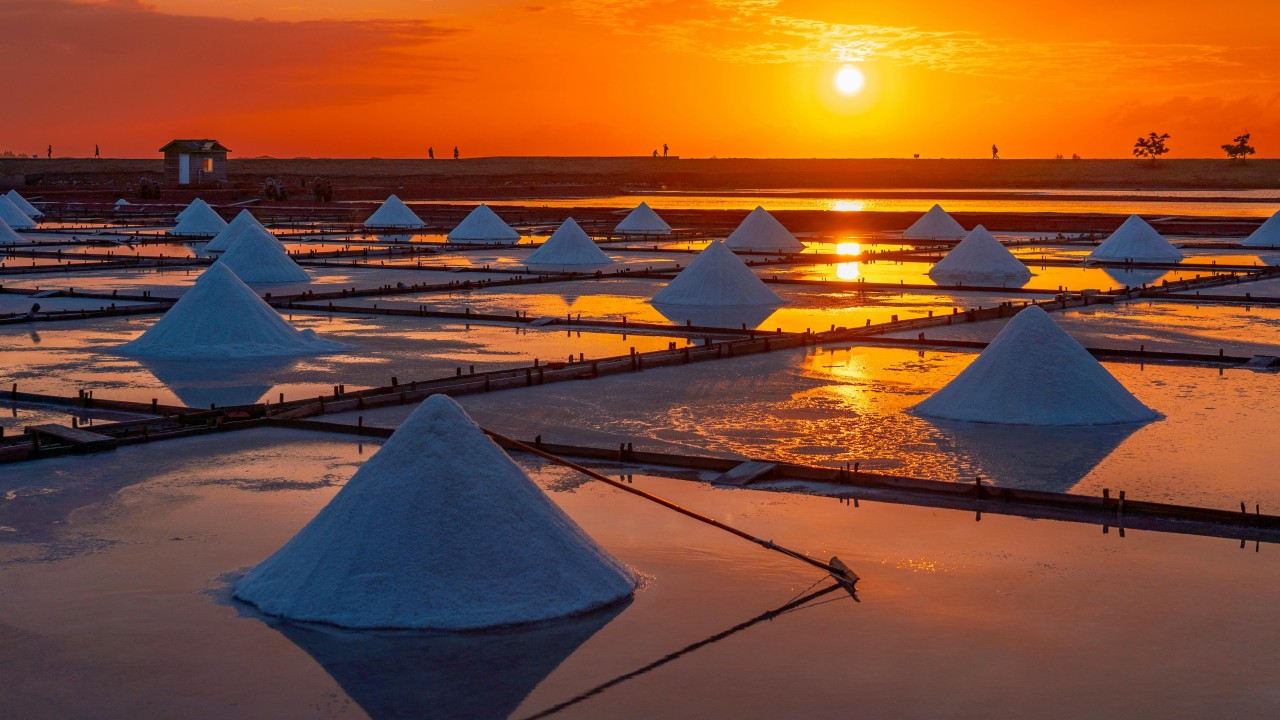Earlier this year, MIT researchers made a surprising discovery of the “photomolecular effect,” a process that “demonstrates for the first time that water can evaporate with no source of heat using light alone.” They added that this finding could impact a wide range of fields, including climate science, desalination, and drying processes.
The research may also solve an 80-year-old mystery about why clouds absorb sunlight in a way that appears to defy the laws of physics. For decades, scientists and climatologists have puzzled over the discrepancy of how clouds absorb more light than theory suggests is possible.


The researchers conducted experiments on a hydrogel’s surface, a water-filled material with a sponge-like structure. They then exposed it to different colours of simulated sunlight and measured the evaporation rate, using a scale to track mass loss and monitor surface temperature. They found that the effect was most pronounced with a specific green wavelength of light, unrelated to heat, supporting the idea that light caused some evaporation.
This discovery inevitably has applications in the salt industry. Most promisingly, it could enable salt extraction in regions where sunlight, but not heat, is readily available. It could expand the salt market to unprecedented levels and significantly boost profitability by reducing energy costs worldwide.
At PROSALT, our R&D team is following this exciting hypotesis. As this research evolves, we look forward to sharing insights and updates with the industry.
We would like to thank Dr. Gang Chen and his associates for their valuable research.


